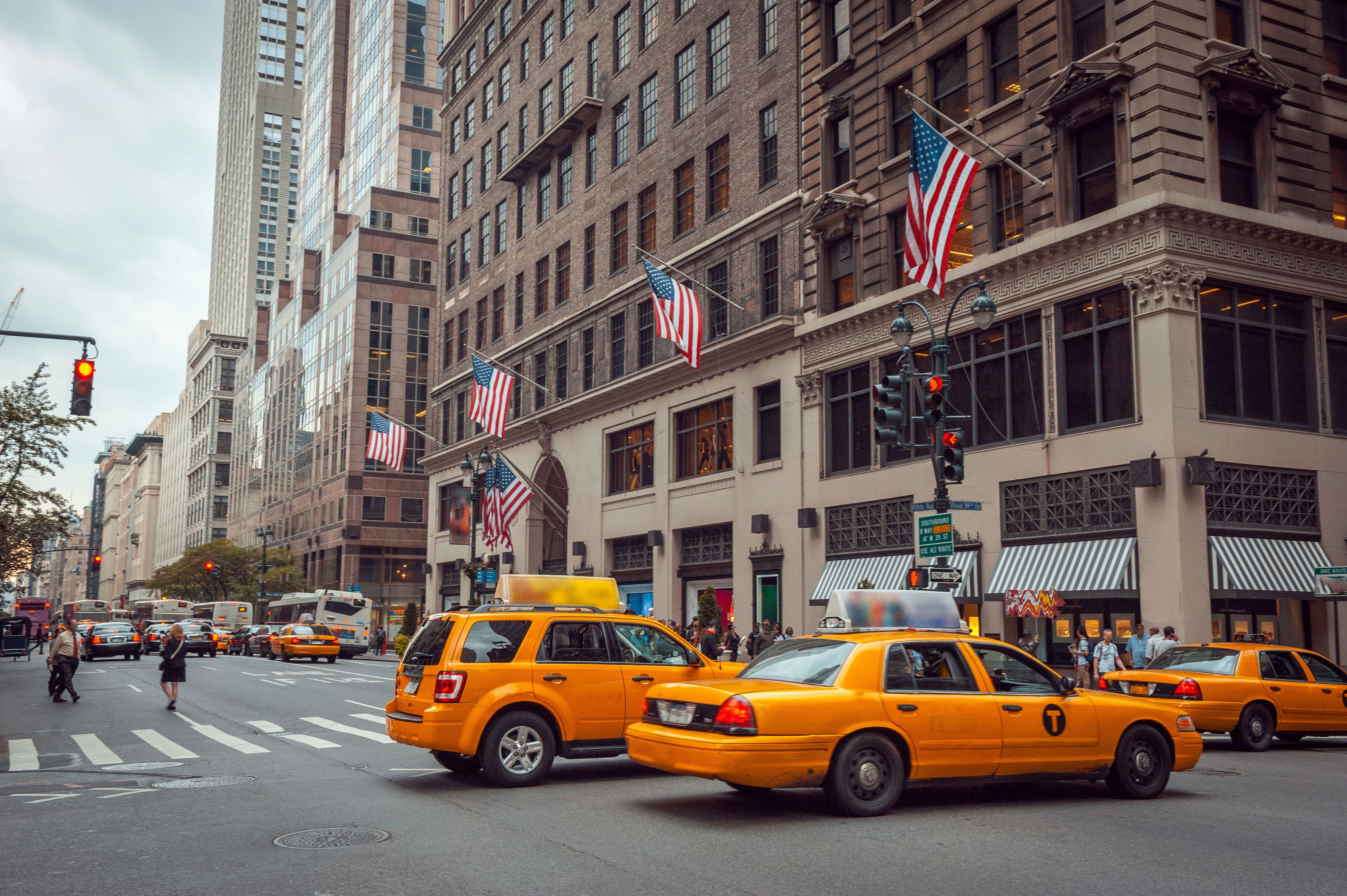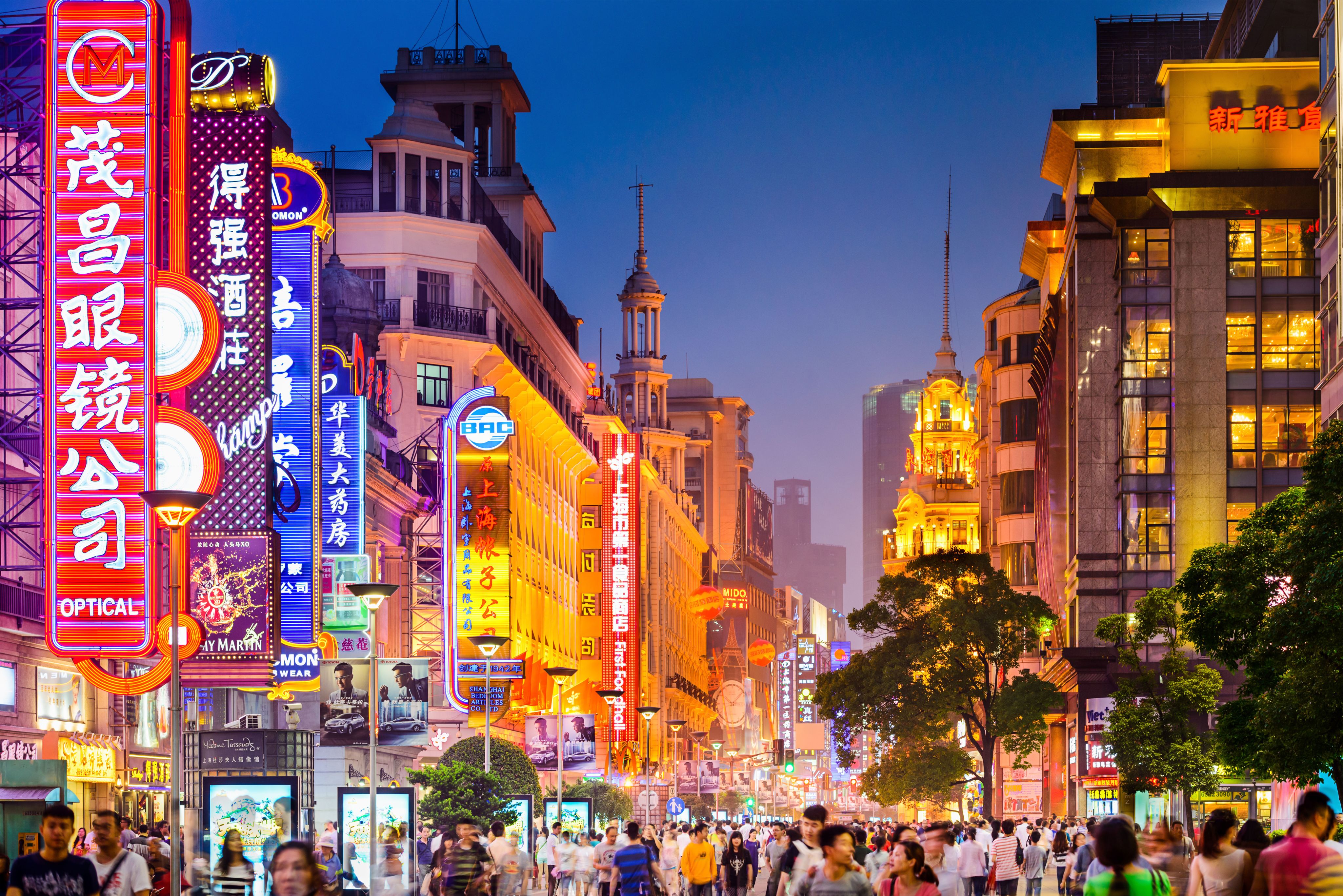
Trading in a world of uncertainty:
a global comparison
The UK is set to enter a recession that lasts a year, as predicted by the Bank of England in August when it increased interest rates to their highest level since December 2008.
Such an environment is not conducive to high levels of discretionary spending among British consumers – and retailers will be hard pushed to encourage them to part with their cash – but other markets around the globe face economic crises of their own.
The Federal Reserve in the US and the Bank of Canada are also raising interest rates markedly, signalling they expect to continue with more sizable hikes as 2022 draws on. And the European Central Bank recently lifted rates for the first time in more than a decade – all of which is in line with rising inflation and muted consumer confidence.
According to the International Monetary Fund, growth across Asia and the Pacific is poised to slow further amid the ongoing impact of war in Ukraine and other instabilities, while several indices expect Africa’s economy to shrink considerably in the months ahead.
This is the challenging economic backdrop facing retailers around the world.
Europe
Earlier this year, the eurozone’s largest economy, Germany, experienced its largest year-on-year fall in retail sales since records began in 1994, highlighting how the wider economy is influencing consumer behaviour.
Retail sales volumes were down by 8.8% in June 2022 compared with the same month a year earlier, according to data from Destatis, the German office for national statistics. And things have remained subdued since.
The retail leaders we spoke to that operate in Europe remain positive but cautious.
Primark’s Marchant says the European market has been slower to rebound following Covid-19 due to restrictions being lifted later, but that it is now seeing an improvement. The value chain is pushing forward with its global expansion, having recently announced two new European markets in Slovakia and Romania.
Natalie Knoll is the co-founder and creative director of Bird & Knoll, an Australian women’s resortwear brand that, in addition to its own ecommerce site, has an international wholesale business that stretches from North America to Europe, the UAE and Asia, as well as online stockists such as Harrods in the UK and Bergdorf Goodman in the US.
Knoll expects the cost-of-living crisis sweeping Europe and much of the world to begin to bite this year and next. “We did see a very slow start to 2022 due to [the Covid-19 variant] Omicron and, while we are having a good response to our June wholesale market outreach and a strong start to our financial year here with good ecomm sales, this may be tempered in coming months by inflation concerns impacting buyers’ budgets,” she says.
“While people are travelling, the euphoria of being able to do so again may dissipate as fuel prices continue to rise and a volatile Europe becomes less appealing”
“It will be interesting to see what sell-through [of the collection] is like for high-summer/pre-fall ‘22. While people are travelling, the euphoria of being able to do so again (and buying the resortwear wardrobe to complement it) may dissipate as fuel prices continue to rise and a volatile Europe becomes less appealing.”
And the picture could become even harder to forecast, she says. “It is a very volatile environment and it is difficult to predict what impact war, fuel price rises, inflation, threat of recession and spikes in the pandemic may have on consumer behaviour, particularly on luxury goods.”
US sportswear giant Under Armour also forecasts challenges to profitability, says its managing director for EMEA Kara Trent. “Based on our financial outlook for FY 2023, we anticipate that several factors, including rising inflation across the whole of the EMEA region, increased freight expenses related to Covid-19 supply chain impacts, higher-than-planned promotions and the negative impact of changes in foreign currency, will ultimately impact our profitability,” she says.
“While it is always difficult to predict trends so far ahead, these are the factors we will continue to keep a close eye on into 2023.”
Trent is, however, positive about continued growth in the region.
Temperley London’s Donnini, whose brand has stores in the UK, Spain and Dubai, expects sales to be slightly up in 2022 with footfall having returned, but expects European consumers to remain cautious.
“I'm not sure about European sales because Europe is going to face a big austerity plan,” he says. “So people will be much more frugal in consumption, I think.”

North America
US sales have held up better than analysts expected in 2022 to date, but much of the sales growth has been fuelled by the inflationary environment.
Like the wider world, the US retail industry is faced with a consumer who is getting less for their money, leading to more cautious spending behaviour.
Major growth is still expected in its ecommerce market, with long-term estimates released by analyst group Forrester in August suggesting online retail will reach a value of $1.6trn and the overall retail sector will generate $5.5trn by 2027.
Forrester also projects US online retail sales will surpass $1trn in 2022.
However, the retailers we spoke to took a balanced view.
USPA Global Licensing's Prince says: “As we finish 2022 and enter 2023, global brands are facing significant headwinds from a potential global recession, record inflation, high energy prices, rising interest rates, supply chain challenges, currency volatility, political volatility and more. With all these challenges around the world, we are taking a more conservative approach estimating flat to minimal growth.
“The impact of inflation and cost of living will have a significant impact to our global business. We will absorb some of the costs ourselves alongside our supply chain partners to lessen the negative impact to consumers but, inevitably, we must pass some of the costs to the consumer. Fortunate for U.S. Polo Assn. is that we are a great price-to-value proposition for consumers around the world. Because of this, we believe our business will hold and potentially take market share.”
“We’ve really invested in building out our teams across New York and Los Angeles to help build our brand positioning in the US. So I would say that’s our first investment area, that US growth”
Wolf & Badger’s Graham says the independent retailer’s growth is being driven by the US market. “We’ve continued to grow robustly actually in the UK, but having launched our new California store and continued to invest in customer growth and improvements to our platform in the US market, we’ve been seeing very strong results in the first half of the year and expect that to continue in the second half.
“We’ve really invested in building out our teams across New York and Los Angeles to help build our brand positioning in the US. So I would say that’s our first investment area, that US growth. And we also have some additional offline plans, which we’re yet to announce, but some things in the works.”
The US is also a big market for Bird & Knoll. When it comes to the best marketing channel for the country, Knoll says PPC is working well.
“Search-engine marketing, specifically PPC, has been a strong growth area for us, particularly as we focus primarily on the US market with our ecommerce,” she says.
“The scale of the US is enormous and, being resortwear, the market there is not as seasonal as Europe or even our region [Australia and New Zealand]. We are targeting areas that have longer warm-weather seasons – for example, California and the southern states in the US – and, of course, their resort market itself is huge, especially now that people are travelling again.”
River Island’s Kernan says the clothing retailer’s wholesale business, with partners such as Nordstrom in the US and Hudson’s Bay in Canada, is seeing good growth and sales are much higher than in 2021.
Kernan adds that North America is a top-three focus for longer-term investment. “Our product and our brand are resonating very strongly over the pond. We’re seeing robust profitable growth in the US through a direct-to-market approach and working with partners. We see it as an important driver of long-term growth given our scale in the UK.
“So international investment, which is part digital, part partnerships and part investment in brand awareness – they will be important drivers.”

Asia
Retail sales in China have been undulating month by month, impacted by strict Covid-related lockdowns in densely populated parts of the country, but in June sales were up as society opened again.
The Chinese market is increasingly influential on retail in other parts of the world, with many of the trends prevalent in the Asian country – the dominance of online marketplaces, tech-infused stores such as checkout-free shops and livestreaming – filtering into the Western market.
According to Emarketer, livestreaming is expected to be worth $480bn in China in 2022, making up around a fifth of total ecommerce sales. The practice of selling via live video to consumers is filtering into the UK and US, too, with Coresight Research estimating the value of goods sold to US consumers via livestreams could jump from $20bn today to almost $70bn in the next four years, the Financial Times reported in July.
Ted Baker, M&S and ISawItFirst were among the first movers to start selling through livestreaming in the UK.
“A big strategy for us next year is China. We’re going up against softer numbers this year because of all the challenges in China, particularly in Shanghai, where we have a large distribution”
The macroeconomic condition is also impacting the manufacture of goods coming out of China.
Danish brand Ganni plans to make China a key focus in 2023. Suddards says: “Number one is continuing to open more physical retail. A big strategy for us next year is China.
“Obviously, we’re going up against softer numbers this year because of all the challenges in China, particularly in Shanghai, where we have a large distribution. So we’re investing massively in China and then also the US again, and a few stores we're looking at for the UK. But, generally, it’s around our big international markets versus our home countries, which we would call the Scandinavian market.”
Bird & Knoll’s Knoll says fuel prices will have the biggest impact on the women’s resortwear brand; she says they are “significantly raising our cost of moving goods, but they are also impacting our CMT [cut, make, trim] prices, as well as productivity levels in China where we manufacture”.
She adds: “The Chinese government will start to limit production hours again to ration energy use and this puts an enormous amount of pressure on timelines and delivery windows.”
Knoll is, however, optimistic about the international wholesale market going forward. “After two years of virtual showrooms, we are seeing a significant benefit in the move back to in-person showrooms and are looking forward to being back in Paris this fall.
“Japan and EMEA are growing markets for us, and seeing the benefit of showing in New York again for two seasons now makes us optimistic for the months ahead.”



